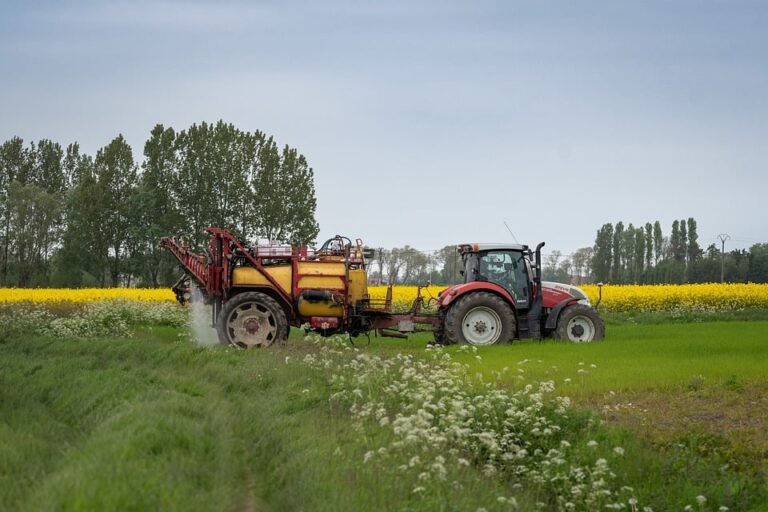Preserving Heritage in Rural Villages
In Rekshino’s rural villages, there is a delicate balance between preserving tradition and embracing progress. These villages are rich in history and culture, with centuries-old traditions that have been passed down from generation to generation. However, as modernization and development creep into these communities, there is a growing concern about how to maintain their unique heritage while also moving forward with the times.
The Importance of Preserving Heritage
Preserving the heritage of Rekshino’s rural villages is crucial for several reasons. Firstly, it helps to maintain a sense of identity and belonging for the villagers. Their traditions, rituals, and customs are what make their communities unique and special. By preserving these aspects of their heritage, the villagers can maintain a strong connection to their past and a sense of pride in their cultural roots.
Secondly, preserving heritage in rural villages can also have economic benefits. Many tourists are drawn to these communities because of their traditional way of life and rich cultural heritage. By preserving their traditions and customs, the villagers can attract visitors and boost their local economy through tourism.
Challenges of Balancing Tradition and Progress
One of the biggest challenges in preserving heritage in Rekshino’s rural villages is the clash between tradition and progress. As the world becomes more interconnected and globalized, rural communities are facing increasing pressure to modernize and adapt to new ways of life. This can sometimes come at the expense of their traditional heritage.
For example, many young people in rural villages are now seeking opportunities in urban areas, leaving behind their ancestral homes and traditions. This exodus of youth can lead to a loss of cultural knowledge and practices, as the older generations are left to pass down their traditions to a dwindling number of descendants.
Additionally, the encroachment of modern infrastructure and technology can also threaten the heritage of rural villages. As roads, electricity, and internet access become more prevalent in these communities, the traditional way of life that has sustained them for generations is at risk of being eroded.
Strategies for Preserving Heritage
Despite these challenges, there are several strategies that can be implemented to preserve the heritage of Rekshino’s rural villages. One approach is to engage the younger generation in traditional practices and rituals. By educating young people about their cultural heritage and involving them in traditional ceremonies and festivals, the communities can ensure that their customs are passed down to future generations.
Another strategy is to promote eco-tourism in rural villages as a way to generate income while also preserving their heritage. By showcasing their traditional way of life to visitors, the villagers can create a sustainable source of revenue that supports their local economy while also raising awareness about the importance of preserving their heritage.
Furthermore, partnerships with government agencies, non-profit organizations, and cultural institutions can also help to preserve the heritage of rural villages. These partnerships can provide funding for heritage preservation projects, promote cultural exchange programs, and support initiatives that safeguard the traditions and customs of these communities.
Conclusion
In conclusion, preserving the heritage of Rekshino’s rural villages is essential for maintaining their identity, attracting visitors, and fostering economic development. While there are challenges in balancing tradition and progress, there are also strategies that can be implemented to ensure that these communities maintain their unique cultural heritage for generations to come.
By engaging the younger generation, promoting eco-tourism, and forming partnerships with outside organizations, rural villages can strike a balance between tradition and progress that allows them to thrive while also preserving their cherished heritage. Only through a concerted effort to protect and promote their cultural traditions can these communities continue to be the custodians of their rich heritage for years to come.





